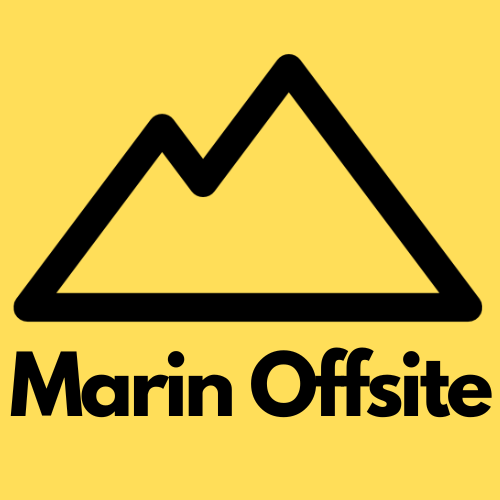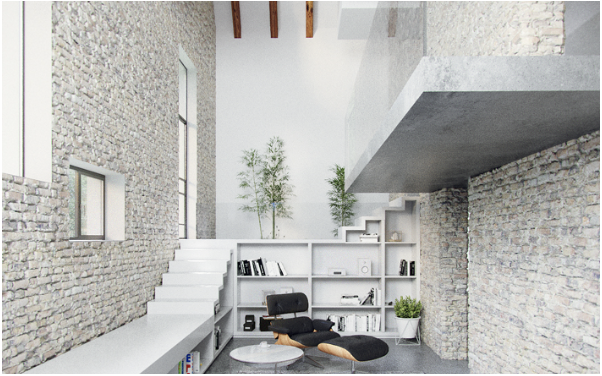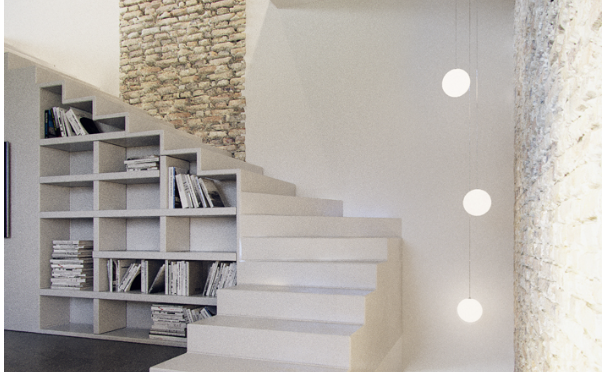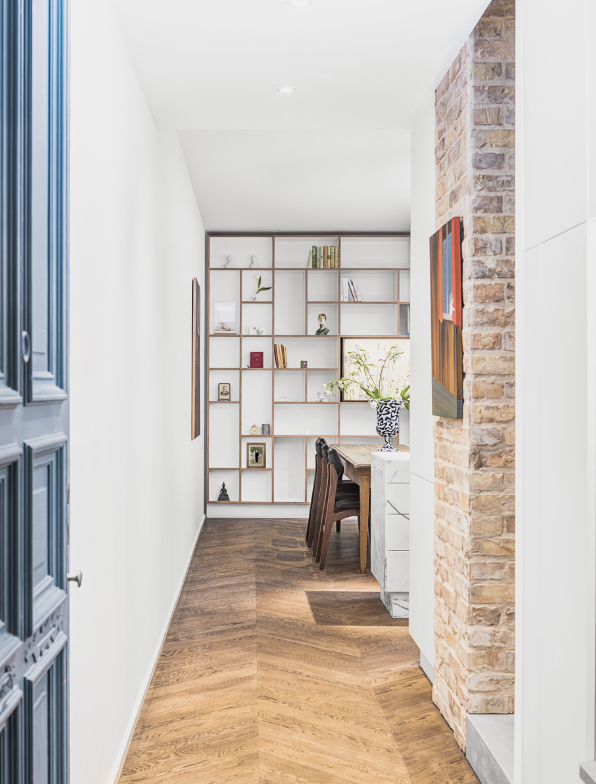Tam Glad community spotlight, Itay Friedman, a local new designer who is a German/Israeli Architect with an innovate vision.
“I am driven by an in-depth understanding of the built environment, what it demands of us as innovators, and by what people truly need versus what they have been sold as a need” - Itay Friedman
One of the perks of Tam Glad is discovering the stories hiding in plain sight, of people and their passions who’ve manifested their dream in the form of a business. Over the years, the community has grown, morphed, shifted like tectonic plates forming new entities and building new communities. I’ve come to know a wide array of individuals who’ve shared their stories and allowed me to then bring them to light through Tam Glad.
I’m proud to bring the first Tam Glad community spotlight. I met Itay Friedman just above Tam Junction at his home in the Almonte neighborhood where he resides with his husband Dirk. I think right away I felt an immense sense of hospitality as he invited me in and brewed an espresso from a machine only someone with the right acumen could operate. But not to be distracted by the espresso, my sight was set on his architectural background. Architecture has always captured my imagination and I believe it’s an extension of the creative nature of human intellect. Over a perfectly brewed espresso, Itay and I discussed his background, style, and finding his way to the periphery of Tam Junction. In short, Itay is an architect, designer, professor, and integral part of our thriving community. Here’s our conversation…
Tell me about yourself?
I am a seasoned architect and design professional with over 25 years of global experience. I have worked in Tel Aviv Israel, Berlin Germany and now in the Bay Area California. In the last 5 years, I’ve been involved in teaching at universities in Texas and Southern California as well as working on high end residential projects locally while working on my CA license. My professional background and experiences combined with my IDF training discipline and global upbringing has deepened both my understanding of the multi-local and multicultural needs of clients, and
my creativity resulted in a very strong ability to both develop unique detail oriented structural solutions, and create flawless design outcomes. It has as well strongly enabled my academic and mentorship skills with the younger generation of architects.
How do you define your style?
Styles and trends per se don't define me as a professional. I am driven by an in-depth understanding of the built environment, what it demands of us as innovators, and by what people truly need versus what they have been sold as a need. I’m defined by method, technique and approach, not a specific style. Most designs out there, in one way or another, are a copied version of an original design idea that broke into our awareness at one point or another. This, of course, usually happens in conjunction with trends in our economy, technological or social breakthroughs as well as art and culture. I would define myself as a designer that looks for a design breakthrough, game changer within every new project: Design as a function of breakthrough solutions, as a reflection of our changing times, and holistically, in all its components, as a means to create a flawless outcome for my clients.
How does creativity fit in and define your work?
Creativity is a curiosity, a hunger to explore the unknown. It is the true, uninhibited freedom to explore design breakthroughs while rewarding oneself the forgiveness of trial and error. It gives me the freedom to approach every project with a sense of renewed curiosity for the highest outcome, defined by the prerogative to explore materials, views, light, air and spatial experiences between private, public realm as if it was my first project ever. In each of my projects you can find a new challenge, new design achievement that has not been done before: from designing outlets and dimmers from marble, all the way to structural elements that appear to defy gravity or trick our senses. An elegant dance between product design, material connections, and spatial expressions of distinctive character. Each client, each project is unique: creativity allows me to give my clients solutions that are one of a kind as a representation of themselves and their statement, void of conforming off-the-shelf products. Creativity is something you either have or you don’t. Architecture school can give you tools to dare. It can't give you a profound understanding of creativity, and it should not be confused with aesthetics. True creativity is void of mannerisms or definitions.
You've come to Mill Valley from overseas. What drew you to this place?
Initially I was recruited to teach architecture in San Diego. At the end of 2020 I was commissioned for a project in the Bay Area. So the question could be reversed: How were those opportunities drawn to me? I would venture a guess that it was the ability to explore design and creativity with a more global perspective with me. One gift of the unique fabric of the Bay Area is that people have broken free from the repetitive styles that are more common in other parts of the country: The Bay Area has long been a creative hub. It’s also home to a global community of cutting-edge innovations. A lot of clients now want to bring the purest form of design breakthroughs to their built environments as well. Whether it is in high-end residential, commercial spaces looking for design to match their branding, or a tech office wanting to reinvent the office block or circle: they all aspire for a renewed approach, more fitting to our times and technological advancements. This sets a higher bar for design outcome and construction methods. It challenges both the industry and professionals more used to somewhat standardized solutions. My background and skillset is in demand in such an environment. And it goes without saying: I just fell in love with the Bay Area and in particular Mill Valley: The weather, the food, the people, the overall cultural dialogue and the “let's think out of the box” attitude is inspiring. Marin and Mill Valley remind me so much of the diverse, multicultural Europe I came from. I feel lucky to be part of that dialogue, growth and process.
Ok but why do you think we even need high end or even custom design?
Of course when you put it like that, there isn't really a need, it's a question of what is our legacy and statement while we are here. Nobody “needed” a Tesla or an iPhone generations before us, they did quite well without these, many people still do. I will try to explain this way, at the frontier of all steps forward there will be innovation through experimentation. Its trial and error and trying
and again and not settling for the status quo. That’s what custom design, and the strive for high-end solutions, is. So if you look at past humankind moments like these, be it the Neolithic Revolution of around 10,000 BCE to the Industrial Revolution of the mid 1700s to the late 1800s, today's digital age is no different. we’re constantly pushing forward. We constantly change, evolve and innovate the way we live, work, move, communicate. If anything, the pandemic of the last several years has shown us how there is no guidebook as to how we are supposed to adapt and adjust; it's all trial and error, all custom design.
How can clients reach you?
Simply googling my name will bring enough hits, numerous publications books and interviews (although some in German and Hebrew) and course find many of my projects online done over the years. Or, just fell free to email me at info@itayfriedman.com




